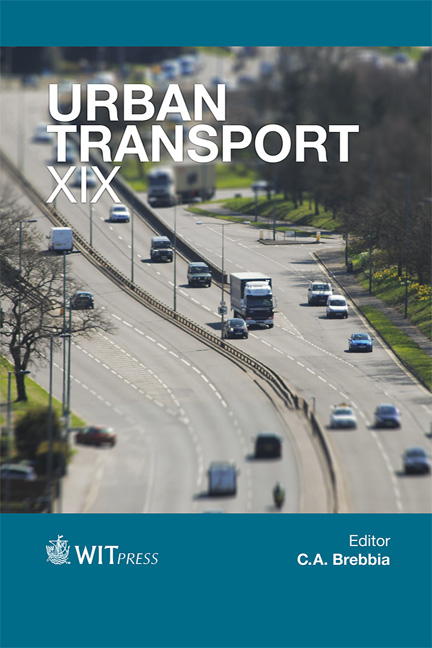Development Of A Sustainable Road Transport System
Price
Free (open access)
Transaction
Volume
130
Pages
11
Page Range
507 - 517
Published
2013
Size
166 kb
Paper DOI
10.2495/UT130411
Copyright
WIT Press
Author(s)
A. Merkisz-Guranowska, J. Merkisz, M. Kozak & M. Jacyna
Abstract
Significant progress has been made recently in reducing the negative impact of vehicles on the environment. The said progress mainly involves the reduction of exhaust emissions through the advancement of powertrains, the use of alternative fuels, preservation of natural resources and waste minimisation through recycling of end-of-life vehicles as well as reduction of noise emission. The greatest progress, however, can be achieved by the appropriate design of transport systems particularly since most of the vehicles in use are fitted with conventional drive systems. Significant change in the level of environment pollution from automotive sources can be made through the application of traffic organisation solutions such as the design of road infrastructure hubs or traffic flow management in urban areas. In contrast to many other measures, the optimisation of traffic flow organisation has a huge advantage because it does not affect exclusively the selected but all vehicles involved in the traffic flow. This paper describes steps and basic guidelines related to the creation of a sustainable transport systems model. The model may be used to design environmentally-friendly transport systems that reduce negative environmental impact from vehicles and guarantee the efficient use of the road transport network. Keywords: transport system, sustainable transport.
Keywords
Keywords: transport system, sustainable transport.





